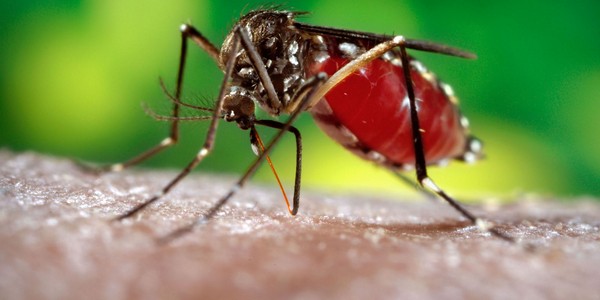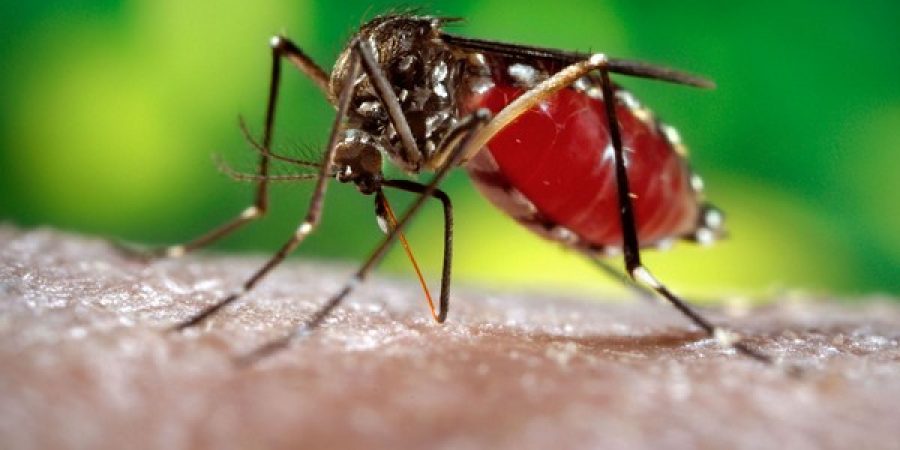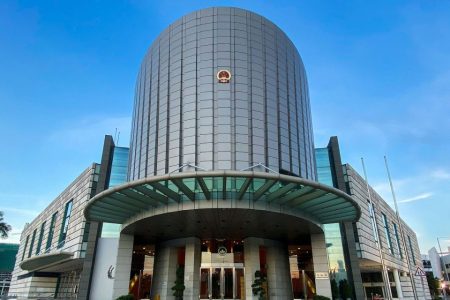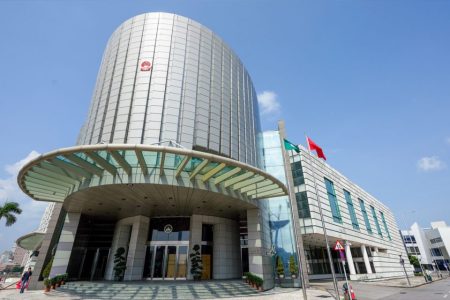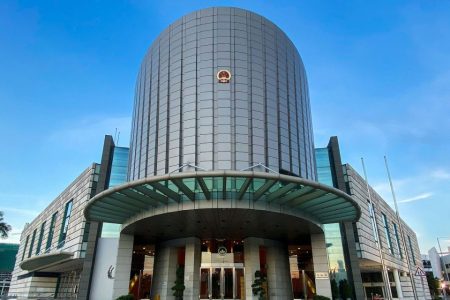The government has started a survey to collect data about breeding sites for Aedes aegypti, the dengue fever carrying mosquito, and warned that a number of public areas in residential buildings have been found to contain stagnant water, which is the main breeding site for the insect.
Lam Chong, a doctor who heads the Health Bureau’s Disease and Prevention Centre, revealed details of the survey on the sidelines of a visit to several families living in Taipa’s Lago housing estate.
Lam and other staff members went to visit households living in the estate as survey samples to check whether their flats have any areas where stagnant water is present.
Talking to reporters, Lam said the bureau was carrying out the survey twice a year – in June and October respectively as both months are considered “high risk” periods for the spread of dengue fever.
He said the bureau started the survey in 2002 with the main aim to gauge residents’ understanding of the government’s preventive measures against the potential spread of dengue fever and to urge residents to avoid stagnant water in their flats and residential buildings’ communal areas.
Lam also said that according to the findings of the surveys over the last few years, the Breteau Index – which is used worldwide as an indicator referring to the number of containers in which Aedes aegypti are found per 100 households inspected – ranged locally between three to five percent.
When the index exceeds five percent the risk of transmission is high.
“Usually areas such as the São Lourenço and the Inner Harbour neighbourhoods record a relatively high index…in recent years we found that the situation of residential flats that have breeding sites [of Aedes aegypti] has improved and we also found that the public areas of residential building such as podiums often were places where stagnant water had accumulated,” Lam said, adding that the bureau would increase the number of inspections in the public areas of residential buildings.
Lam also urged the public to continue to prevent stagnant water from accumulating in their flats, as well in the communal areas of their buildings.
Dengue fever symptoms include fever, headache, muscle and joint pains, and a skin rash that is similar to measles. In a small number of cases the disease develops into the life-threatening dengue haemorrhagic fever, resulting in bleeding, low levels of blood and blood plasma leakage, or into dengue shock syndrome, where dangerously low blood pressure occurs.
Macau was hit by a dengue fever outbreak in 2001 when 1,148 local cases were confirmed, 29 of which required hospitalisation. It was the first instance of the epidemic in Macau. No fatalities were reported.
Since the 2001 outbreak, the Health Bureau (SSM) has launched regular programmes to eliminate mosquitoes transmitting the disease.(macaunews/macaupost)
